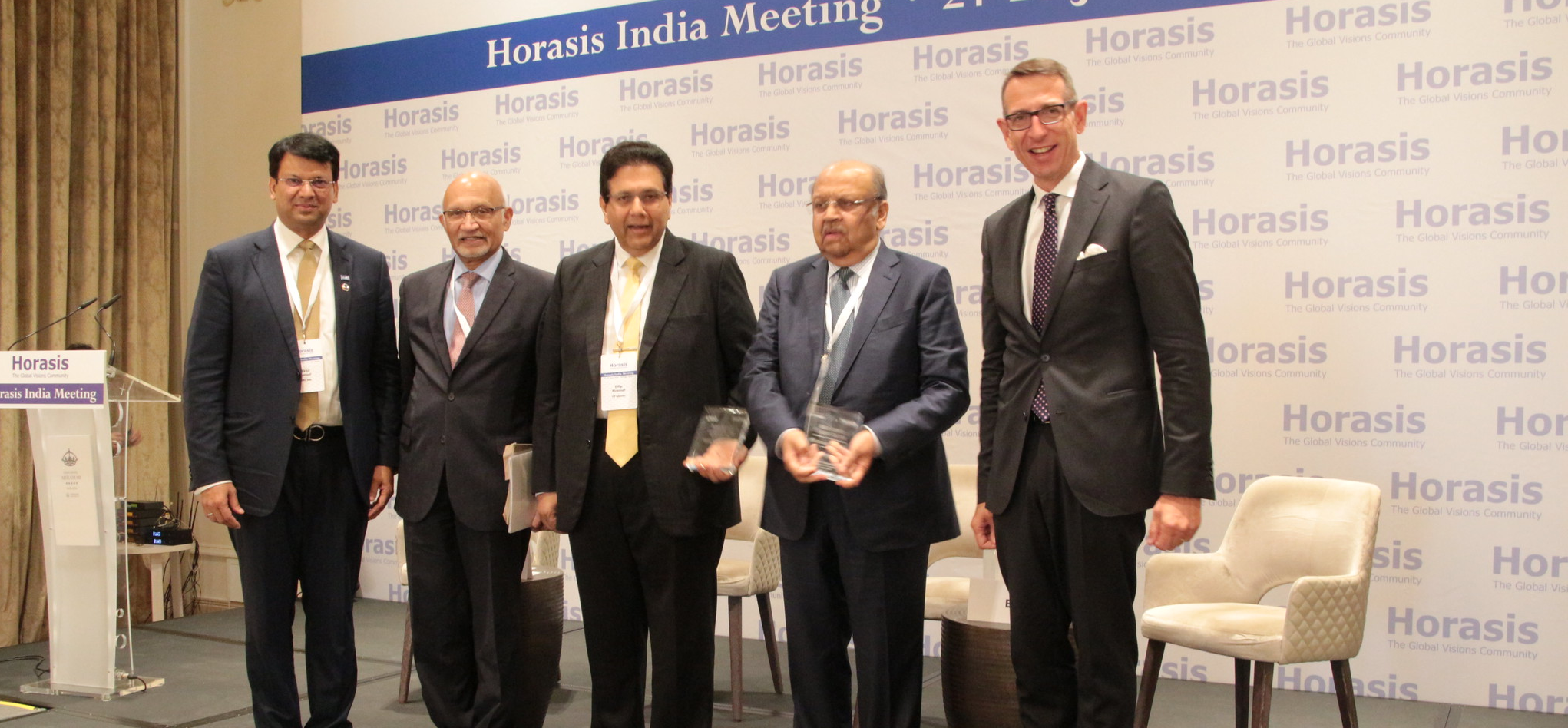Enthusiasm, Tempered With Concern, About Business in India
This article by Tom Redburn originally appeared on The New York Times.
MUNICH — “I’m delighted,” said Randolf Rodenstock, president of vbw, the Bavarian Business Association, “to welcome the many billionaires among us.”
At the opening reception last week of the Global India Business Meeting, a two-day conference sponsored by Horasis, a kind of junior league World Economic Forum for the emerging market set, Mr. Rodenstock wasn’t talking about the Europeans and Americans who were here, ostensibly to attend a series of panel discussions, but mostly to schmooze and exchange business cards. He was talking about the Indians.
They weren’t all billionaires, of course, but there were more than a handful: enough to send a knowing laugh through the crowd of 250 people or so gathered at the sumptuous Bavarian Royal Residence.
In business circles these days, India is hot. Hotter than China, even. And despite the global economic downturn (or more likely because of it), Western executives are looking at India as among the most promising places on earth to generate growth and profits.
There are plenty of good reasons for doing so. For one, India has held up comparatively well during the financial crisis.
“We’re proud that during this period of turmoil that India has been an oasis of calm,” said Amit Mitra, secretary general of the Federation of Indian Chambers of Commerce and Industry.
And while the Indian economy clearly slowed in 2008 from its breakneck pace of 9 percent growth earlier in the decade, official projections from the International Monetary Fund and other economic seers suggest that it could pick up again to more than 8 percent next year and the year after, generating even greater gains than China. Given that the advanced industrial nations in Europe, the United States and Japan are expected to eke out, on average, no more than 2 percent growth next year, that kind of performance tends to stand out.
But for all its prospects for the future, the enthusiasm about India needs to be tempered with a more realistic assessment of both its current strengths and its myriad weaknesses. And when it came to dissecting not only what’s right about the Indian economy but also what’s wrong, the Indians themselves were remarkably candid.
“It’s no consolation that we have 6 to 7 percent growth, while the developed world is falling,” said Rahul Bajaj, the outspoken chairman of Bajaj Automobile and one of the billionaires people point to when they talk about the possibilities for riches in India. On average, “our per capita income is perhaps $1,000, compared to €35,000 here in Bavaria,” or $49,000. “So we have a long way to go.”
Indeed they do. India — despite its globally prominent outsourcing industry, its well-educated, English-speaking middle class and its comparatively large number of billionaires — is still a poor country. Anyone who has seen “Slumdog Millionaire” can attest to that. In fact, with 1.2 billion people, its economy, at official exchange rates, is smaller than Canada’s, which has a population of 33.5 million.
Even looking at the economy on a purchasing power basis, which provides what many economists consider a fairer comparison between developed and developing nations, India’s gross domestic product is only one-sixth the size of the U.S. economy.
“We have a tendency not to think big enough,” Pramod Bhasin, the chief executive of Genpact, an outsourcing firm that does 30 percent of its business outside India, told the gathering. “I’m worried about where the Indian Sony or LG is going to come from. The largest companies in India are still quite small by global standards.”
Business networking sessions like this tend to be bullish affairs, and the Munich meeting — at which the International Herald Tribune served as a media sponsor but did not provide any monetary support — was no exception.
But with the Indian executives and officials offering their own critiques, Western business leaders also opened up about their frustrations over dealing with India.
Tom Schick is an executive vice president at American Express, which has 10,000 employees in India and has been doing business there for decades, long before the liberalization of the Indian economy and the first significant opening to the outside world began in 1991.
“Within 10 years we expect India to be one of the top five domestic markets in the world,” Mr. Schick said. “But the situation on the ground has to change. Today, we supply our own private transportation for our employees because we can’t depend on public infrastructure. We have our own sources of water and power — because we have to.”
In comparison with China’s ability to bulldoze through bureaucratic obstacles to create a modern infrastructure of highways, power systems and digital networks, India comes up woefully short. And the costs are high.
“Forty percent of our fresh fruit and vegetables perish before reaching consumers,” Mr. Mitra said. “We waste more fruits and vegetables than are consumed throughout Britain.”
For all the problems plaguing India, of course, the solutions represent vast investment opportunities. “We need hundreds of warehouses; we need tons of refrigerated transport,” Mr. Mitra added.
And that’s where all the networking is supposed to pay off.
“Whoever moves first has a great advantage,” urged Dhruv M. Sawhney, chairman of Triveni Engineering and Industries.
India continues to throw up plenty of obstacles to foreign companies hoping to do business there. And Pranab Mukherjee, India’s new finance minister, disappointed investors this week when he retreated from further efforts to bolster foreign investment and dismantle state-owned enterprises. But those who know their way around the country best say that it is worth being patient.
“Right now, we are much bigger in China, but in the long run we expect to be more successful in India,” said Gerhard Cromme, who serves as non-executive chairman at both Siemens and ThyssenKrupp, the giant globe-straddling German engineering and manufacturing concerns. “In India we feel we are on ground we understand. In China, we never really know where we stand.”
And by contrast to the gloved fist of China, democratic India ultimately opens up more possibilities.
“The Indian economy is competitive, creative — and completely chaotic,” Mr. Bhasin said. “And that is its strength.”




